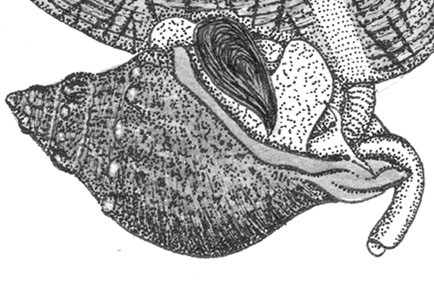Abstract
It is generally believed that representatives of the predatory Buccinidae gain access to their prey by means other than drilling. It has been reported in the literature, however, that in southwest Western Australia, the buccinid whelk, Cominella eburnea, drills its bivalve prey. Field records of C. eburnea attacks in Princess Royal Harbour showed that the species feeds principally upon the venerid bivalve Katelysia scalarina (123 records) but also upon a range of sympatric gastropods (seven records), and always by either marginal (K. scalarina) or apertural (gastropods) access using the proboscis. Forty one observations of C. eburnea attacking K. scalarina in the laboratory, similarly by marginal proboscis insertion, substantiate these records: drilling was never observed. In the absence of an accessory boring organ (ABO) in representatives of the Buccinidae, predation (upon a wide variety of prey) has usually been believed to be by means other than drilling. Previous records of C. eburnea drilling prey in the laboratory and other reports of congenerics doing this in the field in New Zealand, however, suggest that in some situations and under some circumstances, drilling is possible, as demonstrated for post-juveniles of Nassarius festivus (Nassariidae). Representatives of the diverse and ecologically important southern hemisphere genus Cominella should be examined more rigorously in terms of feeding behaviours.

